The Long and Short Of Hedge Funds: A Complete Guide to Hedge Fund Evaluation and Investing
$24.90
| Author(s) | |
|---|---|
| Pages |
240 |
| Format |
|
| Publication Year |
2009 |
The Long and Short of Hedge Funds presents readers with a unique look at these investment vehicles, the people who run them, and those who provide services to them. This book is a detailed guide of the industry and offers rare access to hedge fund managers and industry participants. The book provides the reader with a real education about hedge funds, gaining a firm understanding of the industry.
Author’s Introduction:
Hedge funds’ dirty little secret is that investors use them to stay wealthy, not to get wealthy. That’s the story that the press has missed, and that investors and the general public don’t really understand. Uneducated people who think that hedge fund managers are all about taking as much risk as possible in order to make outsized returns are simply wrong.
Hedge fund managers make sophisticated, calculated, risk-evaluated trades in an effort to make money regardless of which way the market is going. This fact alone has led some of the most sophisticated investors to use hedge funds. It is why all the major Wall Street firms and some of the minors are looking for an entry into the hedge fund industry. They’re the future of Wall Street, and it’s a glorious time to be getting into the business, either as a manager or an investor.
As the market continues to evolve over the next 5 to 10 years, I expect the lines between mutual funds and hedge funds will continue to blur. I believe there will always be a place for traditional long-only managers who operate mutual funds. Those same managers will lobby Congress to change the laws that govern mutual funds—in particular the Securities Act of 1940—and the mutual fund industry will evolve into the hedge fund industry.
This means that before we know it, there will no longer be “mutual funds” and “hedge funds”—there will only be investment vehicles. There will be products for investors that will go long, products that will go short, and some that go both long and short, all covered under the Securities Act of 1940. It may take 10 years, but it is coming. This, dear reader, is where the investment management business is heading, and you need to make sure that you’re pointed in the right direction.
That’s the purpose of this book, to serve as a roadmap to understanding how hedge funds operate, how they raise money, and how they grow from an idea in somebody’s head into a living, breathing entity that manages assets for investors. Along the way, this guide should provide you with ideas on how to take advantage of opportunities in the marketplace, particularly those related to the evolution, creation, and development of a hedge fund organization.
Contents:
- Hedge Funds Past, Present, and Future
- Hedge Funds Today
- The Men Who Made the Industry What It Is Today
- Running Your Fund Transparently
- How Hedge Funds are Packaged
- How to Raise Money
- The Supporting Staff
- Fraud, Collapse, and the Kitchen Sink
- A Few Parting Thoughts
The Long and Short Of Hedge Funds: A Complete Guide to Hedge Fund Evaluation and Investing By Daniel A. Strachman pdf
5 reviews for The Long and Short Of Hedge Funds: A Complete Guide to Hedge Fund Evaluation and Investing
Clear filtersOnly logged in customers who have purchased this product may leave a review.

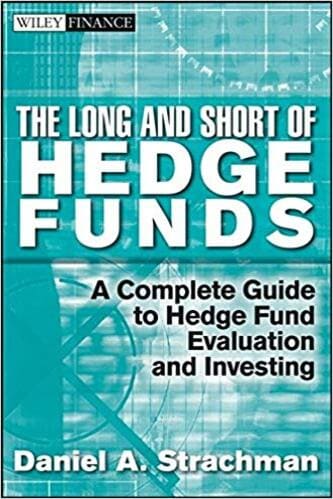
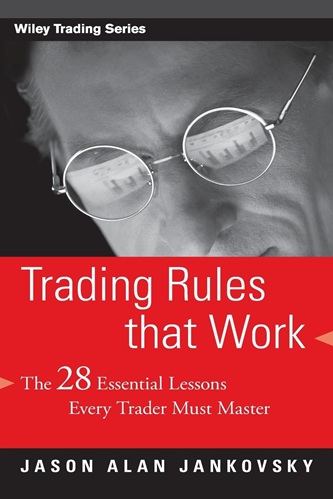
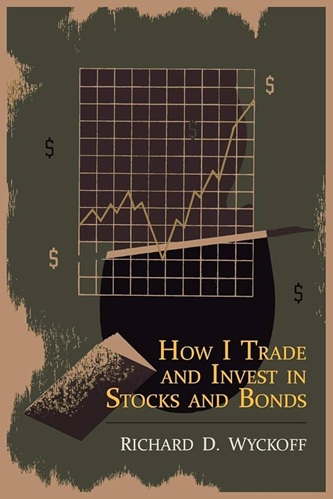
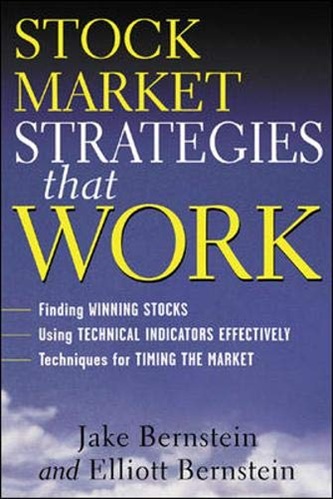

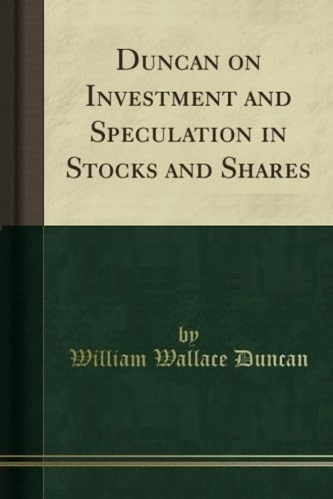

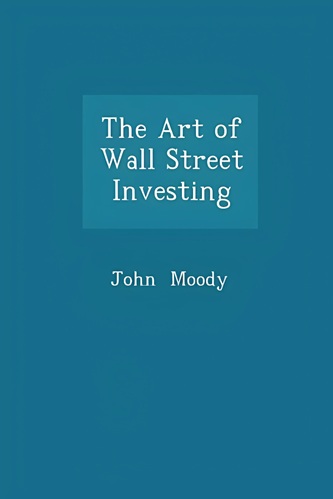

Connor Lugo (verified owner) –
Strachman explains hedge fund investing for both first-time and seasoned hedge fund investors in order to understand how money is managed. You will learn what to look for, evaluate, and use to make informed and intelligent decisions about hedge funds and the managers who operate these investment vehicles.
Shepherd Guerrero (verified owner) –
I found Dan’s book to be an excellent guide to hedge fund investing, with its appropriate focus on risk management, fund transparency, and investor due diligence. His concise writing style gives us a clear picture of these often misunderstood investment vehicles.
Margot Williams (verified owner) –
If you’re looking for in-depth information on hedge funds, how to evaluate them, and how and when to invest in them, pick up this book. This book is very complete in covering the subject, with lots of expert interviews, which really capture the essence of this often-misunderstood part of the investing world. Hedge funds got a bad rap in 2008, but this book explains why many investors should still consider them a crucial part of their portfolio strategy.
Kaylie Kirby (verified owner) –
On the buy side: the book is fine for the novice who requires a preliminary framework for evaluating HFs. Those, who have spent more than 3 months in this space, will likely not find this book valuable.
On the sell side, for those PMs who are considering launching their own product, the book provides a very basic but concise outline on the required back office and third parties necessary to attract real (institutional) money. It will also prepare them for the basic questions that will be asked during preliminary due diligence.
Talia Cox (verified owner) –
Having read the authors book of Fundametals of Hedge Funds (which was very good), I looked forward to this book. However I was very disappointed. First it was very short (only 125 pages) and much of the book was a summary of his prior book. Finally what was new was repeated multiple times. I was hoping for more detail and i-depth analysis. And of course the author can not predict the market but the collapse of Lehman which took place two months after he wrapped up the book most likely would have changed his opinions and direction of the book.